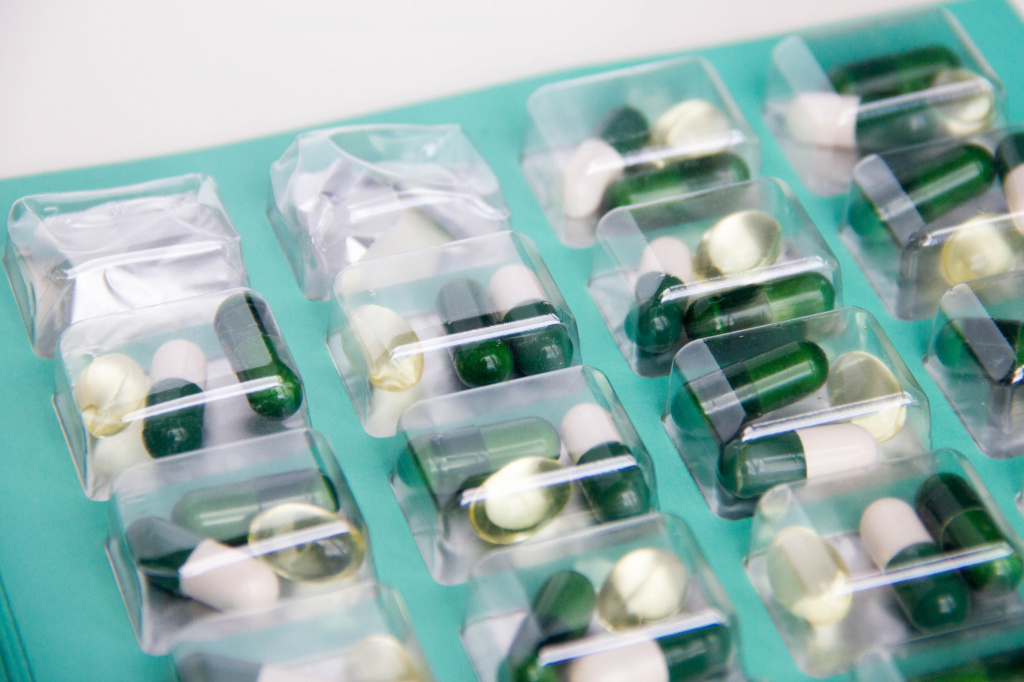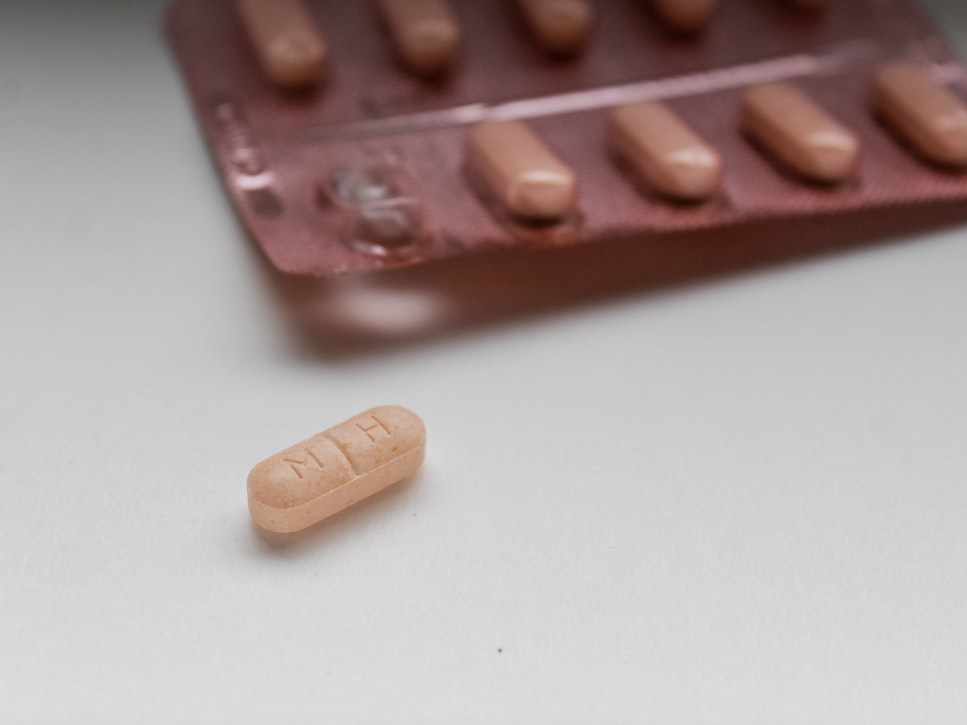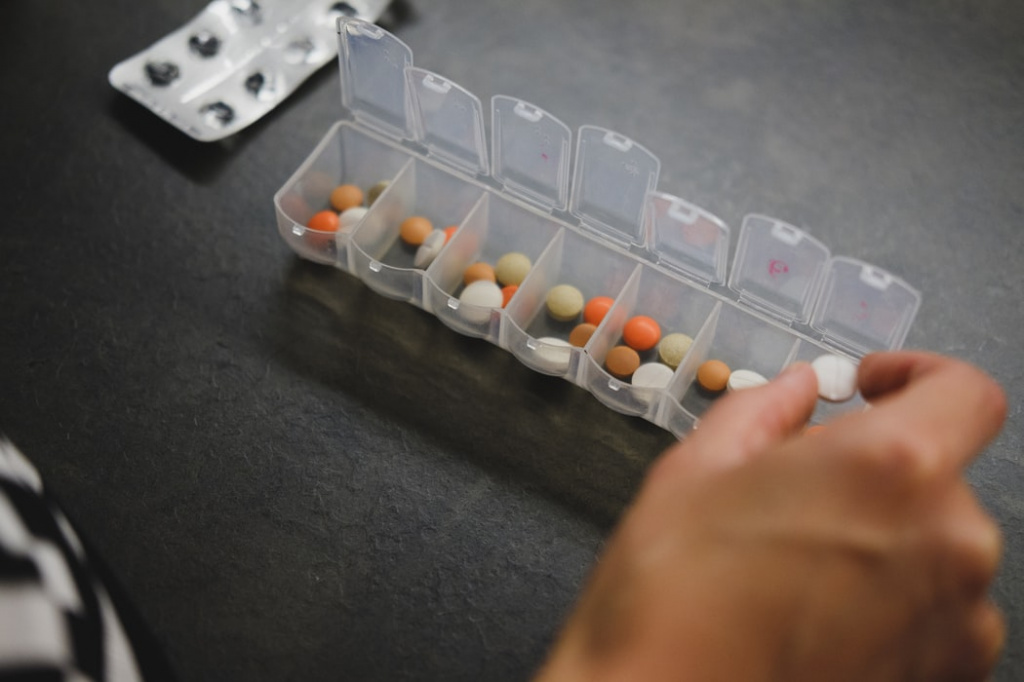Blog
5 Ways To Make The Pharma Industry Greener
PACKAGING
1. Eco-friendly package materials
The production of sustainable eco-packaging for medications that must be protected from external influence and carefully preserved might be a challenge. However, there are efficient measures that may help to reduce the negative impact on the environment.Due to pharmaceutical technology magazine(1) around 80% of hard medicines presented on the European market are wrapped up in blister packs. The roll-out of recyclable blister packs might be helpful in order to reduce greenhouse gas emissions. Replacement of the hazardous materials by recyclable ones is a big step towards climate change mitigation. As it reduces waste, the launch of a blister laminate might be a solution.

Among the efficient measures there are also usage of solvent-free colors and varnishes, as well as elimination or quantity reduction of polyvinyl chloride (PVC) that still is a frequently used component in package manufacturing. The refuse to use PVC bottles and trays and reduction of PVC in blister packaging is an efficient way to ‘green’ the packaging
2. Waste management

MANUFACTURING
3. Reducing toxicity of a drug's formula
4. Limiting API concentration
Due to the environmental risk assessment (ERA) the potential impacts of the APIs released into the environment may be explored and the safe concentration may be measured. The way to minimize negative impact on the environment and to be absolutely sure that even the most sensitive organismes wouldn’t be exposed to APIs is to set the safe level several times lower than predicted no effect concentration (PNEC) generated by the ERA.
DISTRIBUTION
5.Increasing public awareness on the prudent use of medicines
Due to the recent research estimating patients’ awareness of unused medicine disposal(2), only a small percentage of patients received the instruction on disposal practices for extra, unused medications. Approximately 10% of APIs released in the environment come from unused medicines and improper disposal of medicines. Increasing the patients’ awareness could be a big step towards the solution of the problem of the imprudent use of pharmaceuticals. It’s essential to develop guidelines and information materials on the prudent use of pharmaceuticals carefully. They may be useful for the public as well as for healthcare professionals to consult patients.
Join the Pharmaceutical Manufacturing & Packaging Congress 2021 to discuss the ongoing trends, technologies and environmental solutions in the pharmaceutical industry in Berlin on 28-29 June.
We provide 2 speaker slots for the experts with exclusive case-studies on sustainability in manufacturing and packaging of pharmaceuticals. Use an opportunity to share your expertise in Session 6. Eco-friendliness and Pharma packaging records with:
-
Daniel Stagnaro, Head of Technology at Klöckner Pentaplast
-
Prof Pierre Pienaar, President at World Packaging Organisation